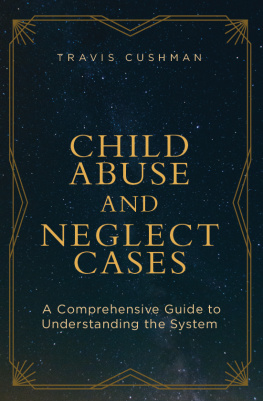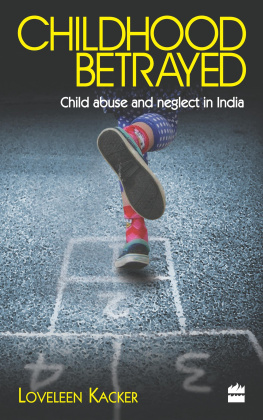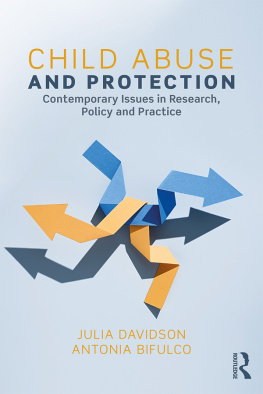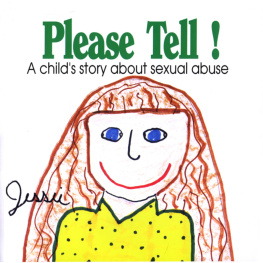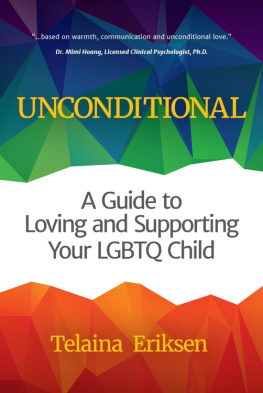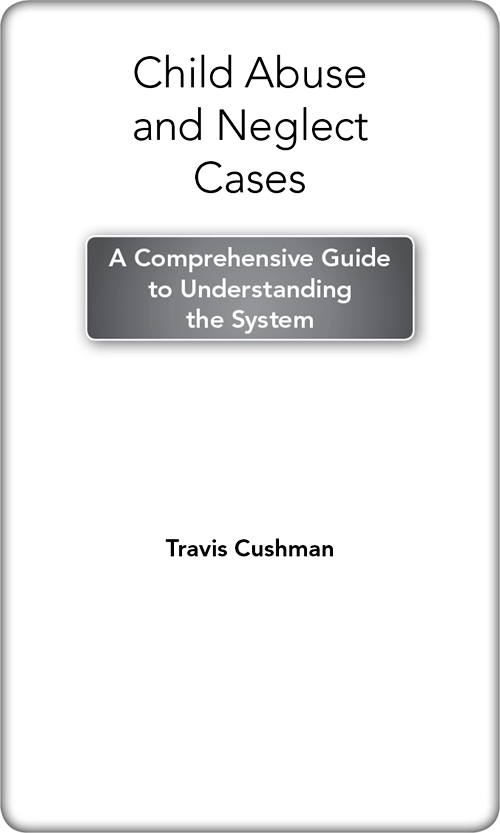
INTRODUCTION
Story: College Bound
The affidavit drafted by the child protection specialist in support of removing the children from their birth mother stated the teenage girl was admitted to the hospital for attempting suicide by slitting her wrist. The girl, the oldest of three half-siblings, had no friends, was failing in school and had fallen into a state of depression, a mood in which she could see no way out. Because she did not know how to escape her current lifestyle, she tried to end her own life, a cry for help.
The life she no longer wanted to live was one filled with abuse and neglect by her mother and stepfather. The mostly verbal abuse occurred frequently and was a result of her mother and stepfathers alcohol and drug addictions. Their addictions also forced the young girl to care for her two younger half-siblings on a day-to-day basis.
The teenager seemed more mature than many adults. She never had the chance to be a child. Despite this, she loved her mother and hoped her mother would get help. She also did not want herself or her half-siblings to continue living their current lifestyle. She thought about it long and hard and concluded that she could no longer live with the one person she loved the most, her mother. So the young girl slit her wrist, which in turn got the attention of the local Child and Family Services Office.
After the children were removed from their home, they were placed with their maternal grandfather. The children were familiar with this setting since they had spent many nights there because their own home usually lacked food, heat, and at times running water.
From the beginning of the case, the girl struggled with the uncertainty of being reunited with her mother. She also struggled with the fact that her half-siblings might have to go back and live the old lifestyle again. She knew that she could not abandon them, so if they went back, she would have to go back just to protect them. She cried often.
As the case proceeded through the court system, her parents fought the court-imposed changes. Although her parents were fighting the changes, her anxiety subsided since she knew something was being done by her court-appointed attorney. While living at her grandfathers house, she was able to sleep through the night, was making new friends, and was improving her school performance.
The parties involved in the case worked collectively and diligently to rehabilitate the parents while the children were protected and properly cared for in a kinship placement. The goal of reunification, however, became unrealistic and before the end of the case, her mother voluntarily relinquished her rights and the maternal grandparents were granted guardianship over the three children.
The teenagers grades began to reflect the change. She went from failing in school to earning As in all subjects. She graduated from high school early and was awarded an academic scholarship to attend college. Her life changed for the better because the child protection system in the community where she lived was working as designed.
The system worked because it was neutral and balanced. It protected the children while trying to rehabilitate the parents. The childrens mother eventually beat her addiction and reunited herself with the ones she loved the most, her family.
A Need for A Working System
Americas children are our most important assets. For some of them, their future is in our hands. These children, the ones who need the child protection system to work, typically live in environments that include substance abuse, domestic violence, and poor living conditions. Many are from families living in poverty and often have little extended family support. As such, these children are seldom taught the benefits of having a good education, a hard work ethic, and addiction avoidance.
These vulnerable children often become truant at school or drop out before they graduate. As they mature, the children often develop social, emotional, and cognitive impairment. They indulge in health-risk behaviors and tend to resort to violence rather than communication to settle disagreements with their peers, parents, and other family members. They may become runaways or worse, juvenile felons.
A working system, is a child protection system whose intervention strategies, policies, practices, and programs are working properly so that it protects the children while also helping their parents. A good state child protection system has a vast network of evidence-based services to treat child victims and potentially rehabilitate and educate the parents. Child victims benefit by receiving help with their emotions and learning behavioral tools and lifestyle choices that can improve their mental health.
A working system includes collaboration with local, state, and national agencies to give children the opportunity to change and improve. Without a working system that incorporates community help and other governmental support, many of these children will grow up to parent in the same manner as their parents. Statistical data shows that children who grow up as victims of abuse or neglect have a greater chance of becoming abusers. For this reason, as well as many more, it is in our societys best interest to stop this cycle of abuse and neglect.
Stopping the cycle of abuse and neglect is important for citizens and taxpayers. Its vital to increasing a communitys overall health and also reducing the burden on the state in caring for these victims when they are adults. Stopping the cycle and properly caring for children in need also prevents incarceration as the next story illustrates.
Story: 75 Years
The newspapers headline read: Teen gets 75 years. The judge sentenced a 15-year-old boy to 75 years in prison after the boy pleaded guilty to raping a neighbor girl while the two were walking home from school.
Family members, friends and professionals who testified at the boys sentencing hearing all explained how the boy was slapped, hit, kicked, and locked in closets by his mother who raised him until he was ten years of age. They testified how the boy had little to no guidance and was often sent to school unclean. She was just cruel, testified the boys paternal grandmother. His emotional maturity was two or three years less than his chronological age, according to the administrator of the youth detention center.
It is terribly unfortunate that the boys life went so wrong so early, stated the sentencing judge. The childs attorney argued he was a broken boy and could be a poster child for a kid who fell through the cracks in the system.
The opinion that the child protective system failed the boy was echoed by many. Others went even further and said they believed the system not only failed the boy, but also failed the girl who now would have to learn how to live as a rape survivor. Many in the community felt that had its child protection system worked properly, the cycle of abuse would have been broken, thereby saving both children.
The community will never know if a properly working child protective system could have prevented this incident. What is known, unfortunately, is that the boys learned behavior pattern was taught to him early in life. The factual events of this young boys life show why the cycle of abuse must be broken before a community can become truly healthy. To accomplish this task, the child protection system must take a multigenerational approach and both rehabilitate and educate parents to break the cycle of abuse in raising their children.

